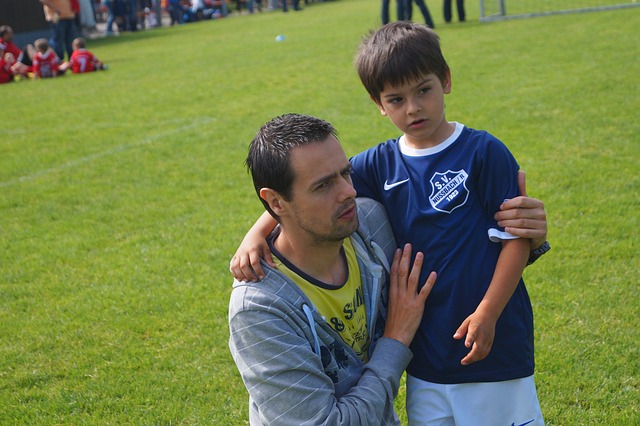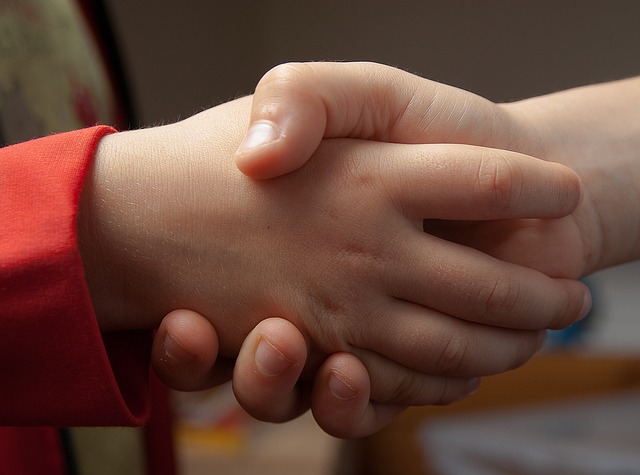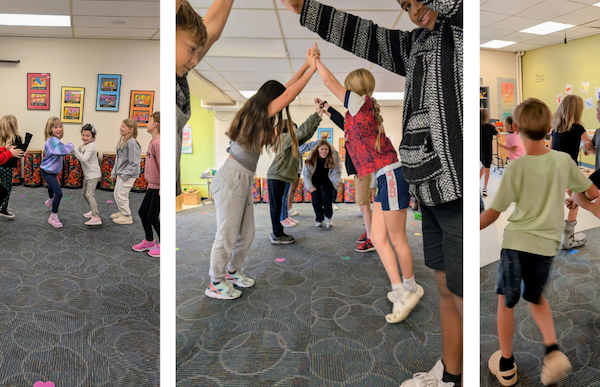
Home: A Critical Support for Students with LD/ADHD
September 21, 2016
A Connection to Friends and Community
September 30, 2016
Young adults with LD or ADHD who thrive are those who described themselves as being comfortable in taking the “first step” to reach out to peers and adults (Study of Young Adults with Learning and Attention Issues www.NCLD.org).
The young adults felt comfortable approaching teachers, co-workers, supervisors and peers to initiate an interaction. Feeling comfortable (confident) in seeking clarification of information from adults, whether a coach, teacher, waiter or sales clerk, is a vital skill. How can we put our children with LD/ADHD on the path toward feeling comfortable in initiating these types of social interactions? It is never too late!
At an early age you can begin encouraging a comfort level by asking your student to practice making eye contact and say, “Hi, my name is …..” when she meets another child in the park, in religion class, at the skating rink or standing at the bus stop on the first day of school. Usually parents are good at rehearsing how to appropriately respond when introduced to an adult, teaching children to shake hands, make eye contact and say, “Pleased to meet you.” Greeting people by name is also an important skill to practice in the community with coaches, camp counselors, or after school or day care providers. Your child needs to know the names of the adults who are supervising her in case she needs help or has a question. Coach her to say “Good bye” when she leaves a situation, and say “Thank you” when appropriate.
Another way to gain comfort with initiating an interaction with an adult is in a restaurant or a store. In a convenience store, parents can maintain watch while allowing their child to make a small purchase on his own. Have him practice saying “Hi” to the store clerk as he purchases the item. Eventually he will be comfortable going in on his own, and braving the supermarket while Dad waits for him. In a restaurant, have your child order for himself. Let him ask questions about what is on the hamburger or tell the waiter that he wants extra ketchup. The same would apply to a fast food eatery. Saying “please” and “thank you” also goes over well with adults. With practice, your student will be comfortable being polite and getting what he needs!

A child who is comfortable initiating a simple interaction and has a basic awareness of polite social behavior will develop into a young adult who seeks clarification from a teacher or boss and succeeds in getting a response.
Blogger Mary Ann Mulcahey, PhD, shares her expertise in assessment and diagnosis of learning disabilities and ADHD, and the social/emotional adjustment to those issues. If you have questions, please contact Mary Ann at .



